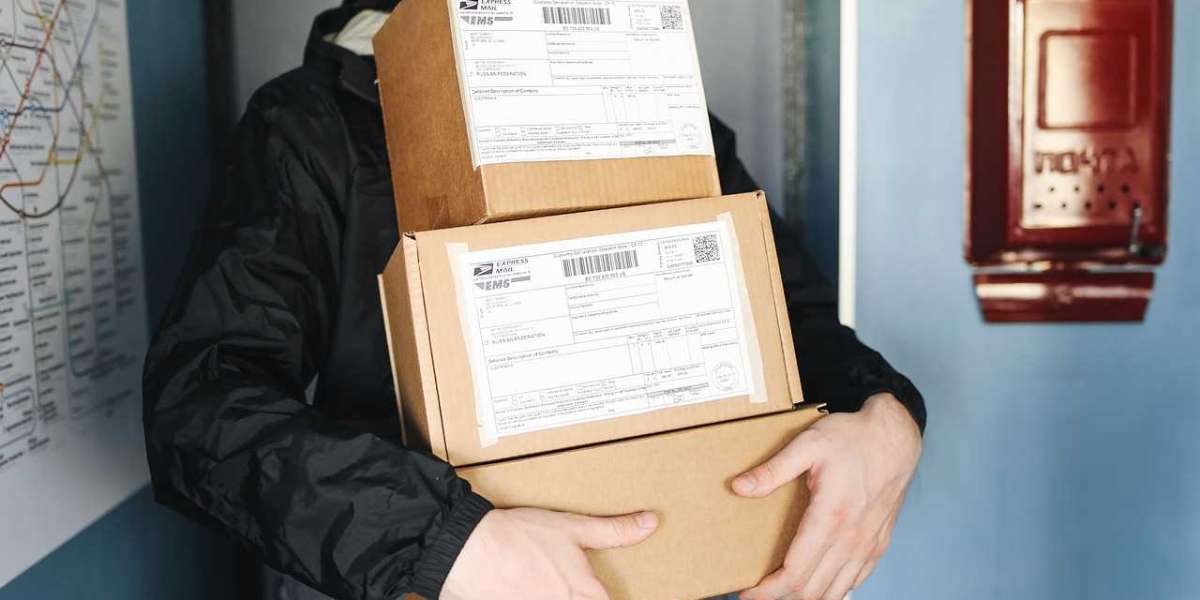Sending a large parcel can be a daunting task, especially when it comes to ensuring that the items inside arrive at their destination safely. Proper packaging is crucial to avoid damage during transit, and choosing the right materials can make all the difference. In this blog, we’ll explore the top packaging materials for sending a large parcel, their benefits, and tips for using them effectively.
1. Cardboard Boxes
Cardboard boxes are the most common and versatile packaging material for sending a large parcel. They come in various sizes and strengths, making them ideal for a wide range of items. Here are a few reasons why they are a top choice:
- Strength and Durability: Double-walled cardboard boxes provide extra protection for heavier items. They are designed to withstand the rigors of shipping and can handle considerable weight.
- Lightweight: Despite their strength, cardboard boxes are relatively lightweight, which helps keep shipping costs down.
- Eco-Friendly: Many cardboard boxes are made from recycled materials, making them an environmentally friendly choice.
Tips for Using Cardboard Boxes:
- Make sure to choose the right size; a box that is too large may allow items to shift during transit, while a box that is too small could crush the contents.
- Reinforce the seams and corners with packing tape to ensure the box holds together.
2. Bubble Wrap
When it comes to protecting fragile items within a large parcel, bubble wrap is indispensable. This cushioning material provides a layer of protection against impact and shock.
- Protection: Bubble wrap is excellent for wrapping individual items to prevent breakage. The air-filled bubbles absorb shocks, making it ideal for fragile goods like glassware or electronics.
- Versatility: It can be used to fill empty spaces in a box, preventing items from moving around during transit.
Tips for Using Bubble Wrap:
- Wrap items individually for maximum protection, and consider using multiple layers for particularly fragile items.
- Fill any empty spaces in the box with additional bubble wrap to prevent shifting.
3. Packing Peanuts
Packing peanuts, also known as loose-fill peanuts, are another effective cushioning material for sending a large parcel. They can fill voids in boxes, ensuring items don’t move around.
- Lightweight: Packing peanuts add minimal weight to the parcel, helping to keep shipping costs down.
- Effective Cushioning: They provide excellent shock absorption and can be reused multiple times, making them an eco-friendly option if made from biodegradable materials.
Tips for Using Packing Peanuts:
- Use a generous amount to fill any empty spaces in the box.
- Consider combining them with other materials like bubble wrap for added protection.
4. Foam Inserts
For items that require a more customized fit, foam inserts are an ideal choice. These are made from dense foam and can be cut to fit the shape of the items being shipped.
- Custom Fit: Foam inserts provide a snug fit for items, preventing movement and providing excellent cushioning.
- Durability: Foam is resilient and can withstand impacts without losing its shape, making it suitable for heavy or delicate items.
Tips for Using Foam Inserts:
- If you frequently ship the same items, consider creating custom foam inserts to fit those specific products.
- Use foam inserts in combination with a sturdy box for optimal protection.
5. Stretch Wrap
Stretch wrap is a plastic film that can be wrapped around items to secure them together. It’s particularly useful for shipping multiple items as a single unit.
- Secures Items: Stretch wrap holds items tightly together, reducing the risk of movement during transit.
- Moisture Protection: It provides a barrier against moisture, which is beneficial for protecting items in unpredictable weather conditions.
Tips for Using Stretch Wrap:
- Wrap items tightly, but avoid excessive force that could cause damage.
- Combine stretch wrap with other packaging materials for enhanced protection.
6. Heavy-Duty Tape
Using heavy-duty tape is essential for sealing your large parcel securely. Regular tape may not hold up under the stress of shipping, so it’s crucial to choose a tape designed for heavy-duty use.
- Strong Seal: Heavy-duty tape creates a strong seal that keeps your box closed during transit.
- Water-Resistant Options: Look for water-resistant tape to add extra protection against moisture.
Tips for Using Heavy-Duty Tape:
- Use the “H” method for taping: place tape along the top seam and along each side seam for maximum security.
- Ensure that all seams and edges are well-sealed to prevent the box from opening.
7. Corrugated Paper
Corrugated paper is another great packaging material, especially for wrapping or cushioning items. It can be used in combination with other materials for added protection.
- Lightweight yet Sturdy: Corrugated paper provides good protection without adding much weight to your parcel.
- Recyclable: This material is often made from recycled materials and is fully recyclable, making it an eco-friendly choice.
Tips for Using Corrugated Paper:
- Use it to create extra padding for items that may be vulnerable to scratches or dents.
- Consider using it to wrap items individually for added protection.
8. Pallets and Crates
For exceptionally large or heavy items, pallets and crates may be necessary for shipping. These options provide structural support and protection for bulky items.
- Stability: Pallets and crates offer a stable base, preventing items from tipping or falling during transport.
- Customizable: You can build or purchase crates that are tailored to the dimensions of the items being shipped.
Tips for Using Pallets and Crates:
- Secure items with straps or additional wrapping to prevent movement.
- Label the crate or pallet clearly to ensure proper handling during transport.
Conclusion
When it comes to sending a large parcel, selecting the right packaging materials is essential for ensuring that your items arrive safely and in good condition. By using a combination of cardboard boxes, bubble wrap, packing peanuts, foam inserts, stretch wrap, heavy-duty tape, corrugated paper, and, when necessary, pallets or crates, you can effectively protect your items during transit.
Remember to consider the specific needs of the items you’re shipping and choose materials that provide adequate protection while also being cost-effective. With the right packaging, you can ensure a smooth delivery process and peace of mind knowing that your large parcel will reach its destination safely.






